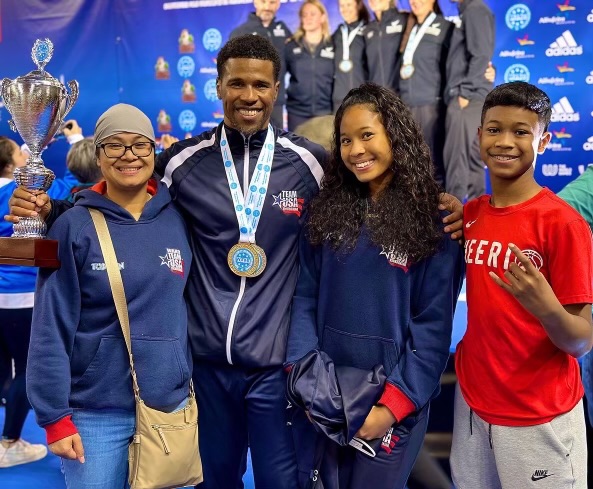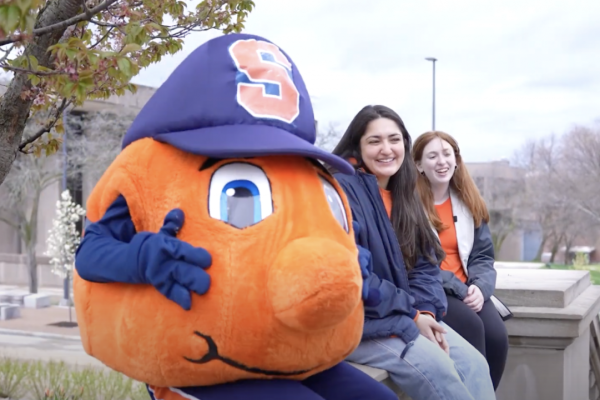SYRACUSE N.Y. (NCC News) – November marks Native American Heritage Month, a time to celebrate and honor the rich cultural heritage of Indigenous communities in the United States. Despite this recognition, a crucial aspect of education is lacking in many schools, particularly in Central New York. Indigenous history remains absent from the curriculum, leaving young Indigenous students with a limited understanding of their heritage.
The National Congress of American Indians reports that Indigenous youth constitute one percent of students in the country, and during their time in the educational system, these students rarely encounter lessons that explore their own history.
Conventional history textbooks have fallen short, leaving instructors to bridge the gap.
“We just pretty much teach the children history that’s not in the textbook,” Erin Guilfoil said. Guilfoil is a teacher associated with the Syracuse City School District.
The SCSD Native Student Education Program is committed to helping fix the issue in Central New York but faces heavy setbacks.
Native Student Program instructors Guilfoil and Michele Nebel deal with constant time constraints and have trouble securing classrooms for their lessons.
“At this point in time, we teach our kids during lunch.” Nebel said, “We’re feeding kids as we’re teaching kids. We’re like the mom, the maid, the teacher – everything – and then, it’s [only] 30 minutes.”
“Not only is it a slap in the face to us, but it’s a slap in the face to our students,” Guilfoil said.
In recent years, an upward trend has emerged in other states where tribal-led Indigenous history courses are being integrated into school curriculums. Guilfoil believes that New York State is gradually realizing the necessity of Indigenous education for both Native and non-Native students.
“Across the board, I think the state itself is starting to wake up and say, ‘okay, we gotta recognize these people’ and do right by us,” she said.
Despite the challenges, Indigenous communities have taken matters into their own hands. Many tribes, including the Haudenosaunee, have established educational centers like the Skanonh Great Law of Peace Center in Liverpool.
The Center follows a values-based approach, adopted to emphasize the Haudenosaunee’s impact on the nation rather than relying on traditional historical methods.
Syracuse University Indigenous Studies professor Philip Arnold says the reason for this is to acknowledge the bias in historical narratives.
“History, by and large, has been written by non-native, non-Haudenosaunee historians or by settler-colonial people,” Arnold said.
As the nation embarks on Native American Heritage Month, educators like Guilfoil, Nebel, and Arnold believe it is crucial to reflect on the need for a more inclusive and comprehensive education system.




